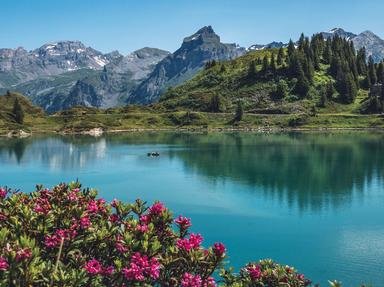
What's My Ocean? Trivia Quiz
Seas and bays are subdivisions of the larger bodies of water that compose the World Ocean. Can you place each of these into the appropriate part of the World Ocean in which it is found?
A classification quiz
by looney_tunes.
Estimated time: 3 mins.